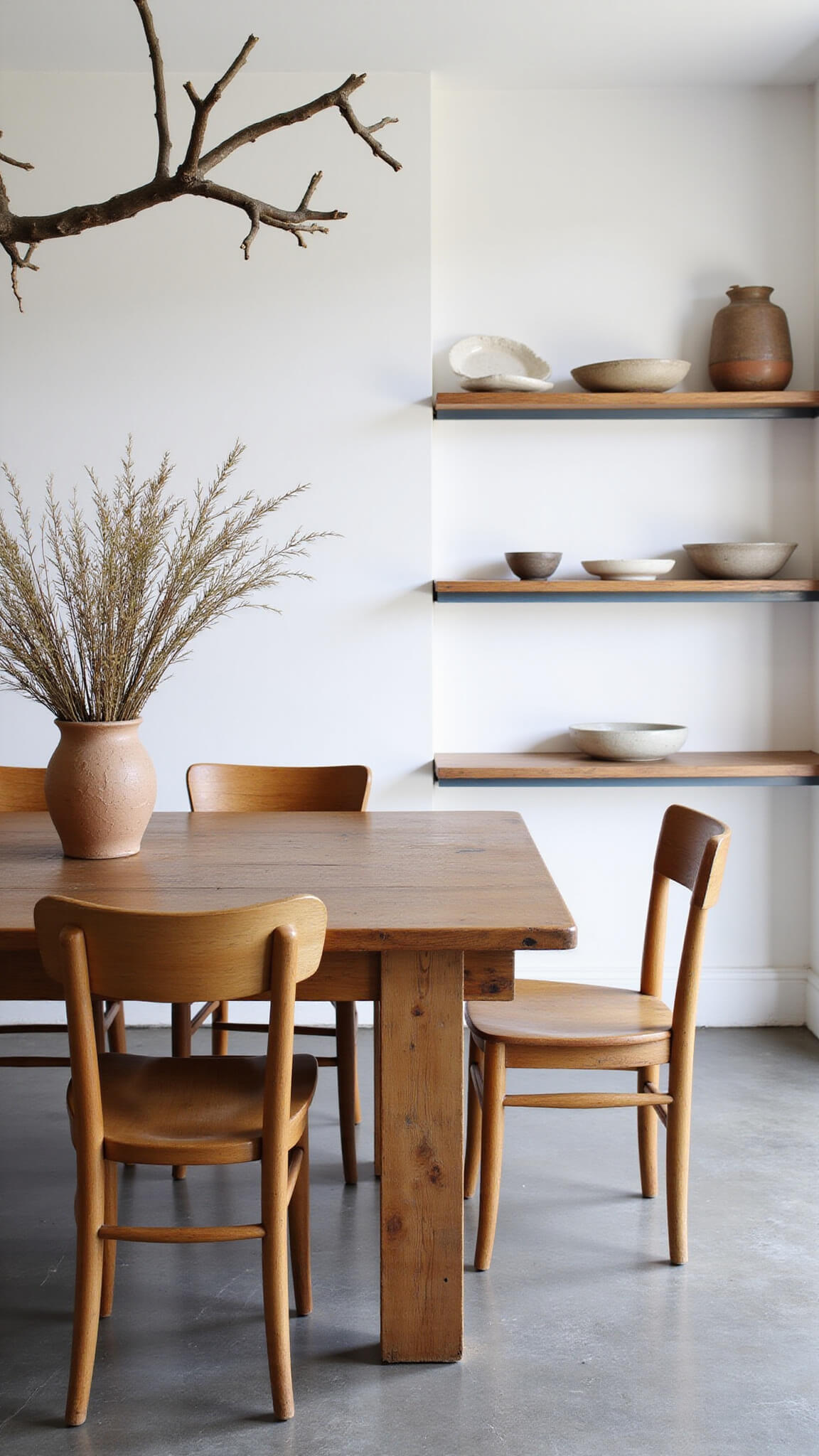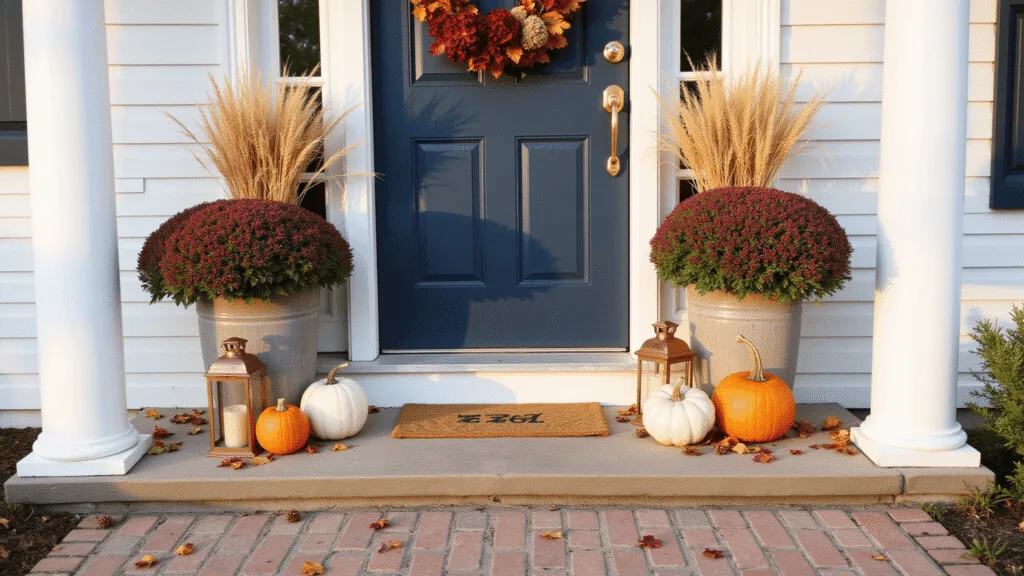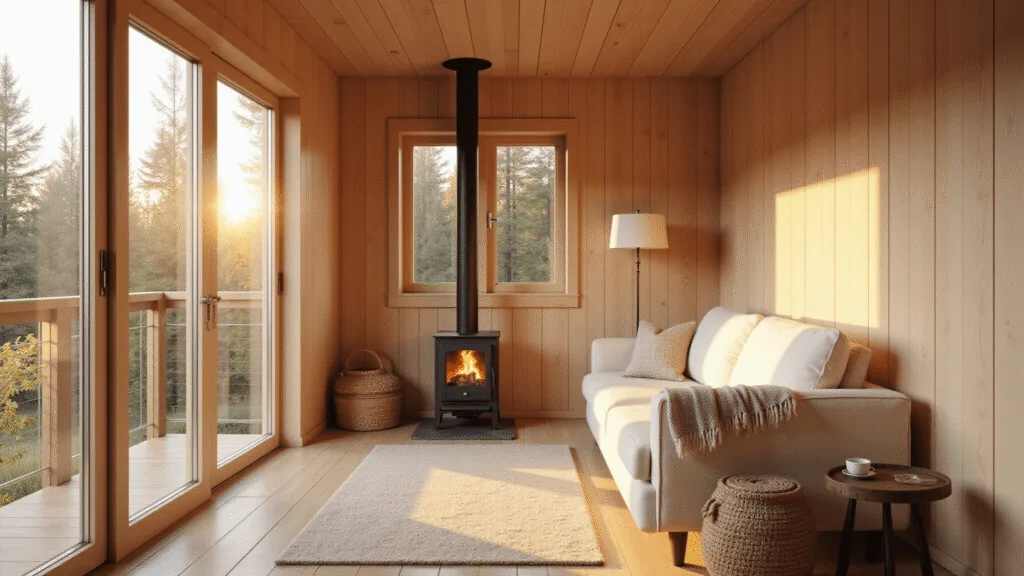Wabi Sabi Apartment Decor: Embracing Imperfect Beauty in Your Living Space
Let’s talk about transforming your apartment into a sanctuary of natural beauty and authenticity. Wabi-sabi isn’t just a design trend – it’s a profound way of seeing the world through the lens of imperfection and simplicity.
What is Wabi-Sabi? Understanding the Soul of Imperfect Design
Wabi-sabi is more than just a decorating style. It’s a Japanese philosophy that celebrates:
- Imperfection as beauty
- Natural aging and wear
- Simplicity and authenticity
- Connection to nature
Essential Elements of Wabi-Sabi Apartment Decor
1. Color Palette: Nature’s Soft Whispers
Your color scheme should feel like a gentle embrace from the earth:
- Muted earth tones
- Soft greens
- Warm grays
- Subdued browns
2. Texture: The Language of Authenticity
Embrace materials that tell a story:
- Handcrafted ceramics
- Raw wood surfaces
- Linen and cotton textiles
- Woven baskets
- Weathered metal accents
Budget-Friendly Wabi-Sabi Transformation Tips
Sourcing Decor on a Budget
- Thrift stores: Treasure troves of unique, imperfect pieces
- Local markets: Find handmade ceramics and vintage items
- Nature walks: Collect branches, stones, and dried botanicals
- Repurpose existing items: Give old objects new life
Creating Your Wabi-Sabi Space: Step-by-Step Guide
Step 1: Declutter with Intention
- Remove excess items
- Keep only objects that spark joy
- Create breathing room in your space
Step 2: Introduce Natural Elements
- Place potted plants strategically
- Use wooden furniture with visible grain
- Incorporate stone or ceramic accessories
Step 3: Lighting and Atmosphere
- Maximize natural light
- Use soft, warm artificial lighting
- Create gentle shadows and depth
Common Wabi-Sabi Styling Mistakes to Avoid
- Overdoing perfection: Remember, imperfection is the goal
- Cluttering the space: Maintain minimalism
- Ignoring personal connection: Choose items that resonate with you
Budget Breakdown for Wabi-Sabi Decor
Estimated Investment:
- Ceramics and pottery: $100-$300
- Textiles and throws: $50-$200
- Plants and natural elements: $50-$150
- Vintage or handcrafted accessories: $100-$500
Total Estimated Budget: $300-$1,150
Seasonal Adaptation Tips
- Spring: Introduce fresh green plants
- Summer: Light, airy linens
- Autumn: Warm, earthy tones
- Winter: Cozy textures and muted colors
Photography and Social Sharing
Pro Tips:
- Use natural light
- Capture textures and imperfections
- Focus on negative space
- Use soft, muted filters
Final Thoughts: Your Wabi-Sabi Journey
Wabi-sabi is more than design. It’s a way of appreciating life’s beautiful imperfections. Your home should tell your unique story – embrace the cracks, the wear, the subtle changes that make your space truly yours.
Remember: Perfection is overrated. Authenticity is everything.














